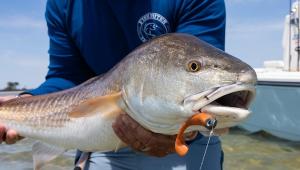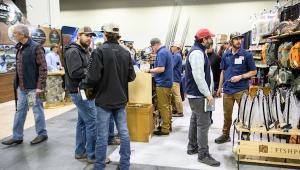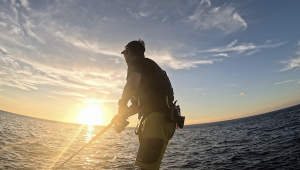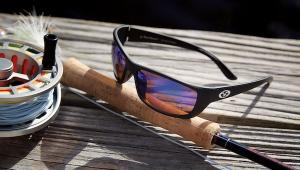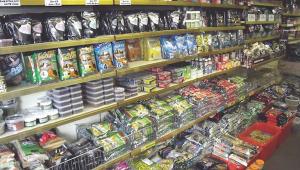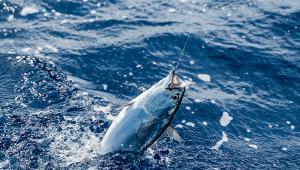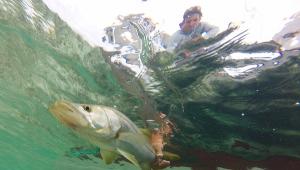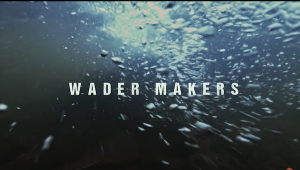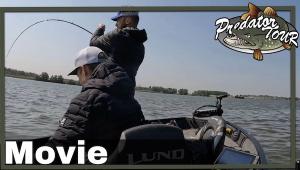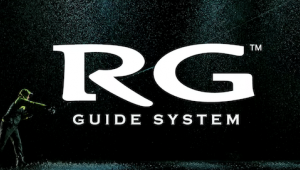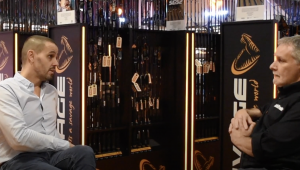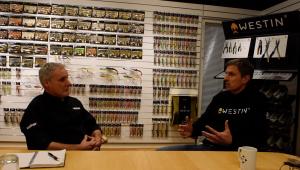A lifetime in lure design
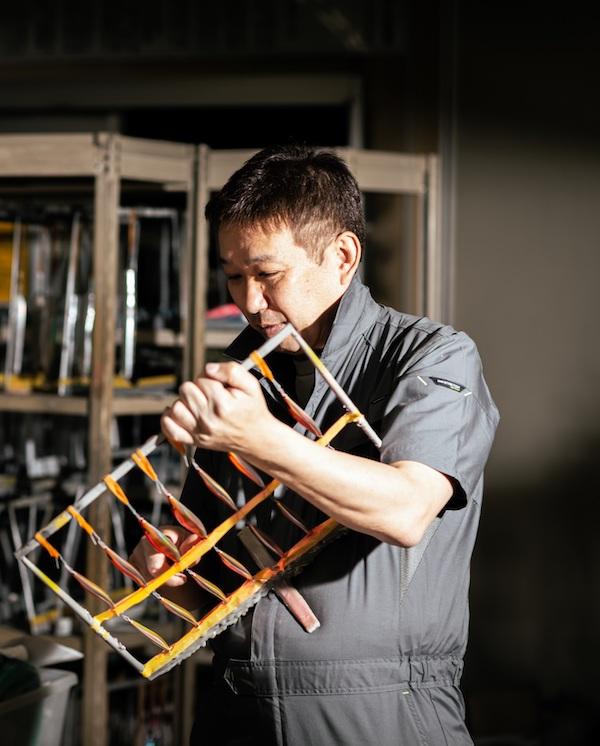
Coming up with ideas for lures can be challenging at the best of times. When it has been your life’s work, new concepts can be harder to come by but for Japanese brand Sea Falcon’s CEO and chief designer Mr Tetsuo Itou it’s all about ensuring performance and design work in perfect harmony.
TTW: What got you started in lure design?
Tetsuo Itou: I have always been interested making things, from a young age. In the beginning it was toys but, as my interest in fishing grew, I started to design my own lures. Initially it was mainly out of necessity since the availability of products was so limited.
TTW: Which areas are your main focus when making a new product?
TI: My main focus is always the target, what technique is being used for fishing and what baitfish they feed on. Just as important, though, naturally is the design of the lure but I never sacrifice performance for design or vice versa – the two parts need to exist in harmony. We always try to go the extra mile and be true to the handmade approach and detailed production.
I also try to consider the angler and make products as user-friendly as possible; products which would be widely able to communicate the fun and enjoyment which fishing brings.
TTW: Which of your designs are you most proud of?
TI: “Z Slow” has been in many ways at the beginning of the slow pitch jigging movement and has become a strong icon for us, so I would certainly rank it very highly.
Another one I would pick is our “Slow Squid” – the combination of lead insert and squid skin makes it applicable for a variety of species and I think there is much more potential in it still.
TTW: How has the industry changed in your 25 years of experience?
TI: The biggest difference would be the number of brands out there now. Back when I started, there was really only a handful of brands. Although, naturally, as the market developed, so we saw an increase in the number of brands to service various new niches.
The much easier access to overseas production also changed the dynamics of the market and resulted in the number of local manufacturers radically reducing. Another huge difference is the move of the majority of names to production overseas.
TTW: Why have you kept your production facilities in Japan even though the majority of the industry was moving to cheaper overseas production?
TI: My passion is manufacturing, that’s why I always tried to preserve the handmade aspect of our products, even though naturally moving production overseas offers certain advantage on the price.
However, it also brings with itself many compromises and I`m not ready to make those. It will remain our pride to be a fusion of Japanese fishing innovation and handmade tradition. That`s why we are also proud of our “Japan Brand” certification by the Japanese government – the only brand in the fishing industry with that.
TTW: Where do “Made In Japan” products have an advantage, do you think?
TI: It’s hard to say, generally, since even in Japan you can find various levels of quality, but I would say that the attention to detail is certainly something which sets it apart. The level of confidence that “Made In Japan” brings has been earned over many decades and has come to represent reliability.
TTW: Why was the Sea Falcon brand created?
TI: We started as a domestic OEM manufacturer and have seen the growing popularity of jigging. Many of our OEM partners have been in high demand ,not only domestically but also globally. Many times, the size of the demand was so high that it surprised me and opened my eyes to the potential of international market.
TTW: So can you explain the international growth of Sea Falcon?
TI: Our international presence went through several stages. The first stage was all about getting the name out there and increasing the brand awareness. We have worked very hard on presenting our products in a number of countries; we have been regulars at EFTTEX and ICAST shows but also attended Thai, Korean or Italian fishing shows, too.
Initially, I was contemplating how to make our products stand out the most and came up with the idea for a “rolling sushi” stand. That has brought us a large amount of attention and many of the show organisers came to thank us directly for such a creative approach to booth design.
We have also focused on bringing getting products directly to users and, after developing the movement in the Florida area and in Australia, we also organised tournaments there. With Australia, we even went a step further and organised a sales tour around Australian shops, visiting around 80 in total.
We always tried to be very ‘hands on’ with Sea Falcon and bring the brand which we have built with passion over the years to every market.
TTW: So, what’s next for Sea Falcon.
TI: Now, with the appointment of an experienced international sales manager in Martin Bakos, we have started the second stage of our global strategy and are much more proactive in approaching the markets. That does not mean only establishing a resale point but also working with distributors together on finding and developing the most fitting products. We have also started to focus more on our social media presence as Covid-19 made it impossible for us to travel for so long.
- Log in or register to post comments
